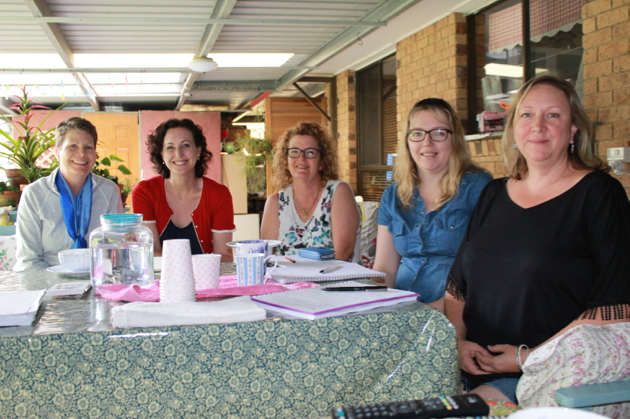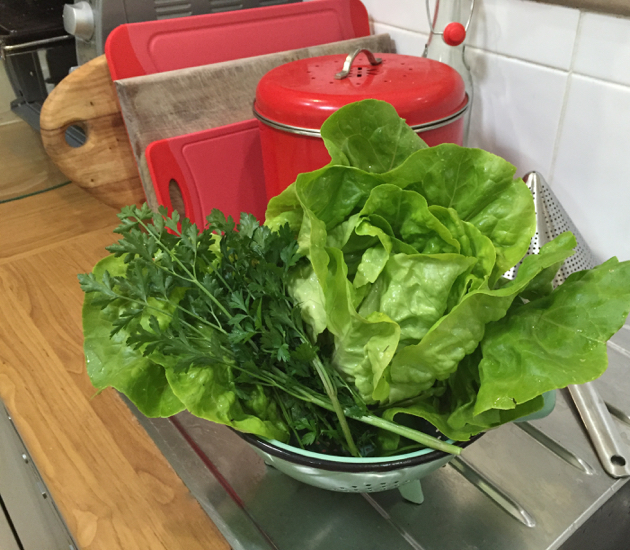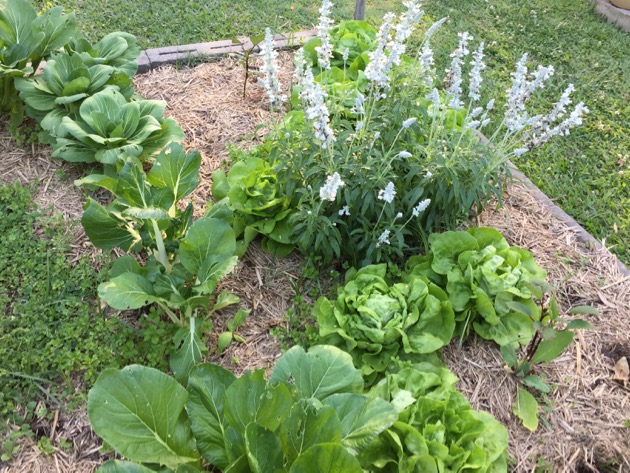There are many ways of living simply, this is one of them.
Making the move from being a two income family to one income can create stress because of the uncertainty but when you settle into it, those feelings peel away, you start organising yourself in your new job and life on one income becomes your new normal. The key to this - in the early days and in the longer term - is organisation and team work.
The partner who goes out to work needs to understand the budget so creating one is a job for both of you. Ideally, this should be done before your change. Sit down together, discuss your goals, know what your income will be and start tracking your expenses. Write up the budget, or do one online, it needs to be something you can both see, not just an idea in your head. You should both know what amounts can be spent on food, fuel, transport, entertainment, clothing, etc. so you can work as a team. Then one partner goes out to work to bring in the money and the other partner works at home saving as much of that income as possible. There are many ways of doing that but in those early days it will probably involve food shopping, cooking from scratch and home production of common things such as yoghurt, bread, sauces, jams and cleaning products.
One of the early things I did that was very helpful was to make up a normal week's shopping list, then go through that list and make a second list of the things I could make at home. My second list contained bread, yoghurt, cheese, crackers, biscuits, cakes, jams, sauces, dressings, spice mixes, drinks, cleaners, laundry liquid etc. All these years later I reckon I've saved a lot of money doing those things and we're healthier because of it. We consume few preservatives here and we live with fewer chemicals than we used to.
When I first started living this way I did a lot of research about how to do many things. If you're like me you'll have a lot of printouts, various notes, spreadsheets, flyers, even pages from magazines. You'll need to organise these too. Enter the household manual. It contains everything that you need to keep the home - recipes, information about your rubbish collection, seed catalogues, vaccination dates, your pet's flea and tick treatments, handy ideas about sewing, planting, cleaning etc. If you haven't started one of these, I encourage to towards it and to edit it every few months to keep it current and relevant.
Here is a short list of some of the things you
might want to do in your first year:
- Budget and save an emergency fund.
- Change your home to better suit you and the way you work there.
- Monitor your water, electricity and gas usage.
- Get better deals on your regular bills such as insurances, internet, phone.
- Set up a pantry and stockpile.
- Declutter and sell the excess - money made goes towards the emergency fund or savings.
- Learn to bake and preserve.
- Grow some food.
- Start composting.
- Make an effort to reduce the amount of waste you generate.
There are so many things to do when you live a more simple life, you'll never get through all of them in one life time. But the most important thing to remember from this post and the previous one is to
live your life, not mine, not your best friend's or your parents',
live your life. We're all so different, we're different ages, we have different types of families, different aspirations, values, incomes, needs and desires. So go slowly, work hard, identify
what you want and how to get it. By taking the small steps methods over many years, you'll build yourself a mighty fine life and I hope that on your dying day, you'll be proud of what you managed to achieve.
The paid worker no doubt will work hard for their money and when they come home, dinner will probably be cooked, there will be clean sheets on the beds and clothes ready to wear. The partner who works at home will do the majority of that work. However, that doesn't mean the home worker does eveything in the home. When the paid worker is at home, they should help with whatever needs doing. Going out to work doesn't make you the king or queen, it just means your doing different types of work and if you're really working as a team, you'll do your fair share when it's needed,
without being asked.
If you have children, teach them as much as you can while they're growing up. One of the biggest gifts you can give your children is to love them and your partner, and show them how happy your family and the way you've chosen to live makes you. As you get older you'll go through a lot of life stages so don't be afraid to change as you need to. Just keep in mind your simple values and work out ways to remain productive for as long as you can. This is an enriching and significant way to live and it will change you like nothing else can. Good luck. ♥︎





































